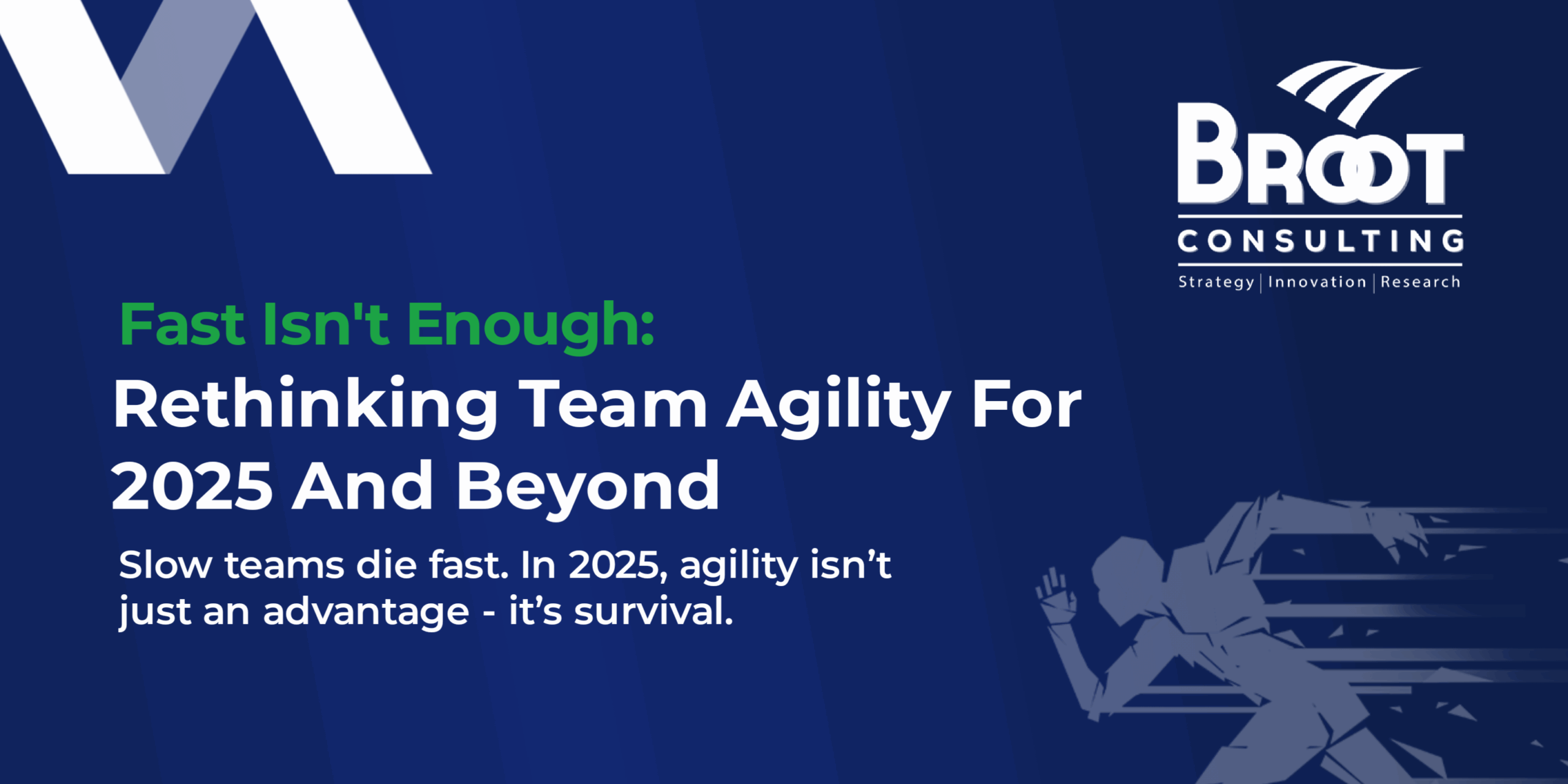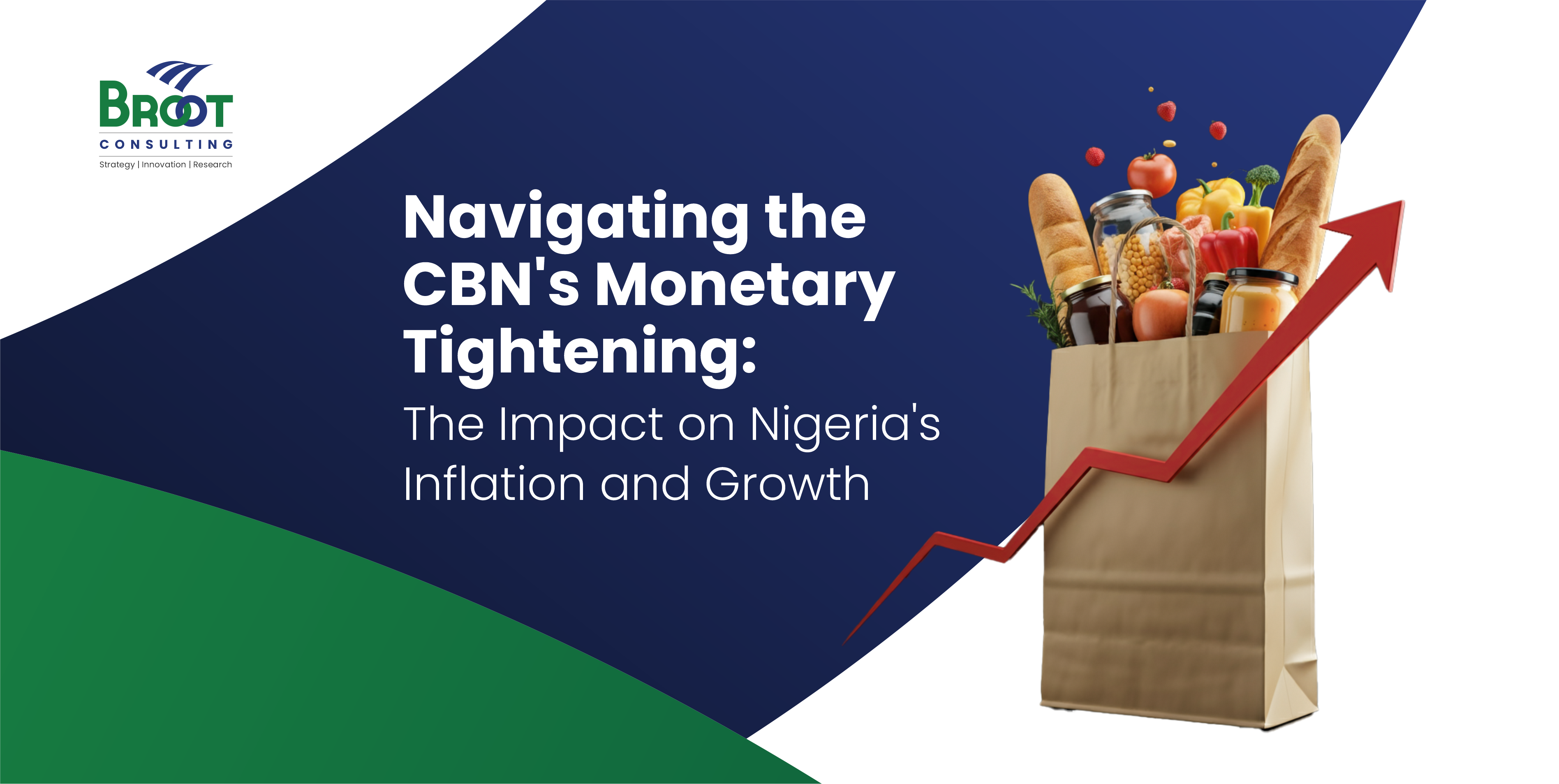A satisfied customer is the best business strategy of all
Michael LeBoeuf
Once Upon a Lunchtime
After completing a very tiring schedule for the day during my trip to Abuja, I was mentally exhausted and concluded of deserving a fine dining with great ambience and soft music. Wanting to break my routine of visiting my usual restaurants, I told my cab driver to suggest to me a great restaurant, taking into consideration great ambience and soft music. He excitedly said “The Amala Place” and he was so sure that I would like it, so we began the journey. Shortly after our conversation, we branched off the highway into an unpaved road. It was my first experience on such road in and I was wondering what kind of restaurant we were going to. Out of curiosity, I asked again, and he assured me that the place was really really nice. I believed him until we finally approached this “great restaurant”. It had just rained, and the ground was messy with mud water everywhere. I was frustrated that the driver brought me to such a place, but I decided to see it all. As we drove through the gates, the place lacked any inspiring aesthetics – it was a wooden structure with a rusty zinc roof on top! It was the typical signature of a Bukka (a very local restaurant in Nigeria). In the compound, however, I noticed varieties of exotic cars packed compactly. I could also spot high-profile personalities, elegant and sophisticated ladies most of whom are chauffeured driven. From a quick look profiling, I could tell that these people were from different walks of life and different parts of the country. I thought that they may have just come to park their cars – perhaps this was also a parking lot, but there was this joy about them – a joy that only good food was capable of. I decided to give it a try and when I walked in, I saw more of these sophisticated people with bowls of hot Amala and Abula. I took my seat with the driver and within seconds, someone politely and with an authentic smile welcomed us and asked for our order. We placed our orders and it came without any delay. To say the truth, consuming the bowl of that Amala was a delightful experience.

Driving back satisfied, I pondered on the secrets behind The Amala Place and how it was able to attract its mix of customers. What business insights are there for organisations and entrepreneurs? but before I share these, I think it is important to do a bit of expose on the Amala delicacy, especially for non-Nigerian readers.
The History of Amala
Amala is a popular food among the Yoruba people in Nigeria. It is made from yam. The yam tubers are peeled, sliced and cleaned. They are then left to dry – this is when they turn dark brown. The dark brown pieces are then grounded into fine flour which is finally used to make the Amala. The flour is poured into boiling water and continually stirred for about fifteen minutes until it is ready. The Amala is then consumed with soup usually Gbegiri (beans soup) and or Ewedu soup.
According to history, Amala first prepared in 1052 by Aduke Agbedegbeyo, the child of Onile Ile in the present Atakumosa Local Government area of Osun State. This was the period when Sango was the Alaafin of Oyo Empire. It was equally reported that Gbegiri was first prepared by Anike Onibudo Omo Ajanlekoko in 1156 at Tonkere village in Ibadan West Local Government of Oyo State. Today, Amala and its delicacy soups have diffused beyond the shores of Yorubaland to become a national delicacy. However, what is the attraction to the Amala Place in Abuja?
Lessons from The Amala Place
The focus of this article is not on the food (Amala) but on the service delivery and the lessons that could be applied to businesses. Business leaders need to ensure that their offerings, regardless of the sectors where they operate resonate well with people and offer a great customer’s experience. According to a McKinsey Report, as from the year 2020, customer experience will overtake price and products in competitive strategy. Organisations that intend to avoid disruptions must offer its customers a superior customer experience, which is the sum total of the feelings and perceptions of customers as they interact with your brand. If they perceive the experience with your brand to be negative, then your brand won’t last long and if your customer perceives your offerings as something great, then no amount of competition will destroy your brand except when such competition offers something better than what you currently offer your customers. The following insights from The Amala Place I believe could enhance the experience of your customers:
- Authenticity: There is a traditional way of preparing Amala and its attendant soups. If you do not stick to the local methodology, you will get something different – little wonder why the taste of Amala prepared at home and some of the fancy restaurants taste different from the one prepared using the age long-tested formula. Many \brands lose the essence of their offerings and spent enormous resources on packaging and marketing, such strategy only works but for a moment. The Amala place did not use any sanctimonious and pretentious strategy. They realise that authenticity is the soul of business and that what people desire is the experience of a great taste which cannot be replaced by the cool music and incredible ambience. While engaging in your business, ensure you did not leave the “soul” in preference for good but not critical values, practices and strategy. Consumers want authenticity and least you forget, they can see beyond the façade. If they are still staying with you – it is only temporally until they get a genuine and better alternative. The Leadership Newspaper of May 17, 2017 put it clearly: “From the itinerant worker to the student, from civil servants to bankers and Oil and Gas Industry workers in flashy rides; this none-too-clean Bukka has come to represent more than just a restaurant” what it represents is the experience and authenticity a winning formula for any business endeavour.
- Transparency: Have you ever patronized businesses only to discover that there were hidden charges that you never envisaged? What about those long and complicated agreements that have fine little details that end up shortchanging customers? Once you get too complex, customers consider your exploitative thus, their experience with your brand turns out to be negative. If you are strongly convinced about your charges and those offensive clauses in your agreement, then make them conspicuous and let the customer make an informed decision before patronizing you? At the Amala Place, as you could see in the below picture, none of their charges was hidden. The fee for the service charge is the first thing to greet you as you enter. For them what you see is what you get. To enrich the customer experience, practice transparency. Lack of transparency breeds suspicion and distrust.
- Immediacy: Today’s customer wants an immediate or speedy response to service. Consumers do not understand why you have to waste their time for what they are paying you for. Sometime last week, I was in a major diagnostic clinic in Lagos for blood work and I was frustrated because it took 90minutes of waiting for my samples to be collected. The bottleneck was the number of phlebotomist staff (three) who are assigned to all the patients that come in for samples. Today’s customers are in a hurry, your service will become competitive if you can balance speed and quality. At the Amala Place, one thing I noticed is that their speed of service was faster than what is obtained in the average cozy restaurant. This is important knowing that The Amala Place receives in thirty minutes the same number of orders that these cozy restaurants receive in the entire day. High volume improves efficiency, the more people you serve the more you get better at services and the better you are able to meet the immediate requirements of the customers.
- Delightful experience at a great price: When your customer has a delightful taste with your product or services, their overall experience will also be a delight. The Leadership Newspaper of May 17, 2017, as reported by Solomon Ayado, conducted a research on the rising popularity of the Amala Joints in the Federal Capital Tertiary of Abuja the North Central of Nigeria. He concludes: “Unlike in the past when the majority of people viewed the (amala) places as stations of food for low earners, nowadays, taking a meal in such spots have suddenly become a thing of pride. Scores of persons including men, women and children, both the rich and poor, have unexpectedly developed a burning desire for Amala.” The attraction in the patronage is in good taste and very affordable price. When your products or services taste good from customers’ point of view, you will leave them with an exceptional experience which will lead to a strong referral for your business.
- Inclusive offerings and practices: Though it started as a Yoruba delicacy, the consumption of Amala seems to have brought much more people together. Business value proposition to the target market should be non-discriminatory. Discriminatory practices are a recipe for disruption. How discriminatory are social media to users? Zero! Regardless of position, customers are treated the same way; this is what I observed at The Amala Place. In the Daily Trust Newspaper publication of November 27, 2018, titled Abuja’s Ubiquitous Amala Joints, a consumer Uche (of Igbo descent from South-East Nigeria) “I come here every day at noon to eat Amala. Most times, I come here with my friends but whenever they go back, they start to visit the place without letting me know. I love the food and it is not costly at all”.

Conclusion
Great customer experience is only possible as when close attention is paid to the touchpoints in your customer journey. These are the various places where the customer comes in contact with your brand. Some of the touchpoints include your social media posts, ads, various digital platforms, your website, emails, annual reports etc. What are they all saying about your organisation? The second thing you need to pay attention to is the “interactions”, this is where customers communicate with your organisation. This is usually through your employees and agents – if any of your representatives fail to live up to the value of your organisation, then the customer’s experience will be deficient. Pay attention to the quality of interaction between your customer and employees. Another point that is key is the “Engagement” this is where you close the deal, where the employees actually carry out the transaction. What does this experience constitute? What are they thinking and feeling at this time? When consumers pick a call from your sales reps, sign the contract with you, or receive the actual services, what are they feeling? The overall experience of your customer is a summary of their interaction with your brand from touchpoints to engagement. If one is defective the overall customer experience will equally be.




